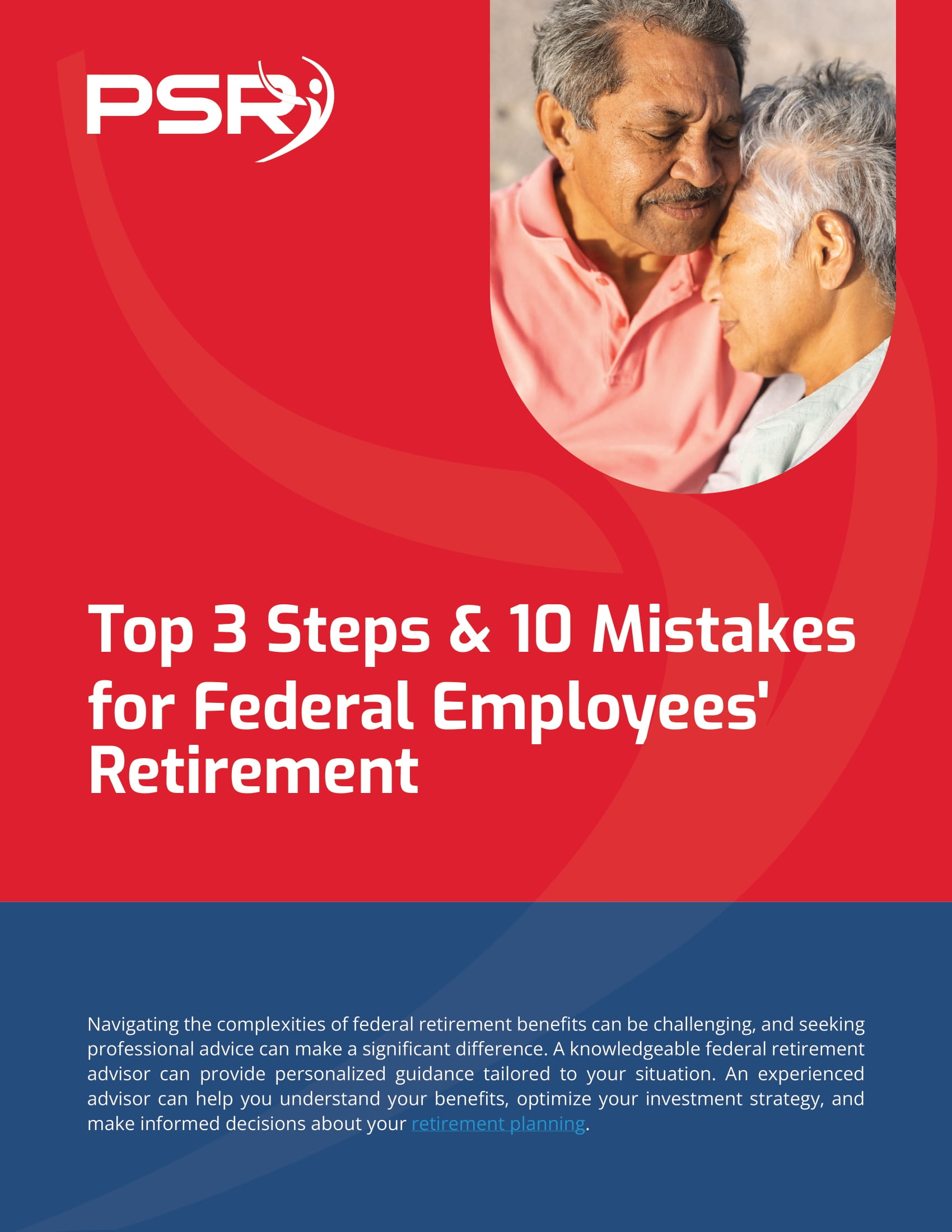Choosing the Right PSHB Plan
With the Postal Service Health Benefits (PSHB) program in place, USPS employees and retirees have access to a variety of health plans tailored specifically to their needs. However, with multiple options available, selecting the best PSHB plan can be a challenging task. Understanding the differences between plans, weighing coverage options, and considering your healthcare needs are essential steps to ensuring you choose the right health insurance.
This guide provides detailed information on how to choose the right PSHB plan, including plan comparisons, coverage options, and what to consider during PSHB open season.
How to Choose a PSHB Plan: Key Factors to Consider
When selecting a PSHB plan, it’s important to evaluate several key factors, such as your healthcare needs, budget, and whether you’re covering dependents. PSHB offers different types of plans, each with varying levels of coverage, premiums, and out-of-pocket costs.
Key Factors to Consider:
- Plan Type: PSHB offers Preferred Provider Organizations (PPOs), Health Maintenance Organizations (HMOs), and High Deductible Health Plans (HDHPs). Each type of plan has different advantages depending on your healthcare needs.
- Premiums vs. Coverage: When comparing plans, balance the monthly premium costs with the overall coverage provided. Some plans may have lower premiums but higher deductibles and out-of-pocket expenses, while others have higher premiums but more comprehensive coverage.
- Provider Networks: Make sure your preferred doctors, hospitals, and specialists are included in the plan’s provider network. This is especially important for those with ongoing medical needs or specific providers they want to continue seeing.
- Prescription Drug Coverage: If you take regular medications, review the plan’s prescription drug coverage to ensure that your medications are covered at an affordable rate.
By considering these factors, you can make an informed decision about which PSHB plan is right for you.
Comparing PSHB Health Plans: PPO vs. HMO vs. HDHP
PSHB offers several types of health plans, each with its own set of benefits and coverage structures. Understanding the differences between PPOs, HMOs, and HDHPs will help you decide which type of plan fits your healthcare needs and financial situation.
Plan Types Explained:
- PPO (Preferred Provider Organization): PPOs offer flexibility in choosing healthcare providers. You don’t need a referral to see a specialist, and you can see doctors both inside and outside of the plan’s network. However, staying within the network generally results in lower out-of-pocket costs.
- HMO (Health Maintenance Organization): HMOs typically have lower premiums but require you to use a network of doctors and hospitals. You’ll also need a referral from your primary care physician to see a specialist. HMOs are a good choice for those who want lower premiums and are willing to work within a managed care system.
- HDHP (High Deductible Health Plan): HDHPs have lower monthly premiums but higher deductibles. These plans are often paired with Health Savings Accounts (HSAs), which allow you to save pre-tax dollars for healthcare expenses. HDHPs are best suited for individuals who want to save on premiums and don’t anticipate needing frequent medical care.
Comparing PSHB health plan types helps you determine which option aligns with your healthcare needs and financial goals.
PSHB Plan Coverage Options: What to Look For
Each PSHB plan offers different coverage levels, including medical, dental, vision, and prescription drug benefits. It’s important to review the coverage details of each plan to ensure it meets your healthcare needs.
Key Coverage Areas to Consider:
- Medical Services: Look for plans that cover the medical services you need most frequently, such as doctor visits, specialist care, hospital stays, and preventive services.
- Prescription Drugs: If you take prescription medications, make sure the plan provides robust prescription drug coverage and that your medications are on the plan’s formulary.
- Dental and Vision: Some PSHB plans include dental and vision coverage, while others may require you to purchase additional coverage for these services.
- Out-of-Pocket Costs: Consider the deductibles, copayments, and coinsurance for each plan. Plans with lower premiums often have higher out-of-pocket costs, while higher-premium plans may offer more comprehensive coverage with fewer out-of-pocket expenses.
Reviewing the PSHB plan coverage options allows you to choose a plan that provides the services you need most at a cost you can afford.
PSHB Premiums: Balancing Cost and Coverage
When selecting a PSHB plan, it’s important to compare the premiums for each plan with the coverage offered. Premiums are the monthly amount you pay for your health insurance, and they vary depending on the plan you choose and whether you are covering yourself or your family.
Balancing Premiums and Coverage:
- Lower Premiums: Plans with lower premiums often have higher deductibles and out-of-pocket costs. These plans may be a good choice for individuals who don’t expect to need frequent medical care.
- Higher Premiums: Plans with higher premiums typically offer more comprehensive coverage, including lower deductibles, copays, and coinsurance. These plans may be better for individuals or families with ongoing medical needs.
- Family vs. Self-Only: If you’re covering dependents, be sure to compare the family coverage premiums versus self-only coverage premiums. Family plans tend to have higher premiums, but they offer coverage for your spouse and children.
By comparing PSHB premiums and coverage, you can find a plan that fits within your budget while still providing the healthcare services you need.
How to Pick the Best PSHB Plan for Retirees
For USPS retirees, choosing the right PSHB plan is crucial to ensure that healthcare needs are met during retirement. Retirees may have different healthcare requirements than active employees, so it’s important to evaluate plan options based on factors like prescription drug coverage, out-of-pocket costs, and coordination with Medicare.
Considerations for Retirees:
- Medicare Coordination: If you’re eligible for Medicare, choose a PSHB plan that coordinates with your Medicare coverage. Medicare will typically serve as the primary payer, and your PSHB plan will act as secondary coverage, reducing out-of-pocket costs.
- Prescription Drug Coverage: Retirees often rely on prescription medications, so it’s important to select a plan with comprehensive drug coverage. Make sure your medications are covered and check the costs for brand-name and generic drugs.
- Chronic Health Conditions: If you have a chronic health condition, choose a plan that covers the specialist care, medications, and treatments you need. Plans with lower out-of-pocket costs for frequent doctor visits and specialist care may be ideal.
By considering these factors, retirees can select the best PSHB plan to ensure that their healthcare needs are fully covered in retirement.
PSHB Open Season: Selecting the Right Plan
Open season is the annual period when USPS employees and retirees can review their current PSHB coverage, compare new plan options, and make changes to their health insurance. It’s an ideal time to assess your healthcare needs and ensure that your current plan is still the best option.
Steps to Take During PSHB Open Season:
- Review Your Current Plan: Evaluate your current PSHB plan to see if it still meets your healthcare needs and budget. Consider whether your health needs have changed since the previous year.
- Compare Plan Options: Use the PSHB plan comparison tools available during open season to compare premiums, coverage, and out-of-pocket costs for different plans.
- Enroll or Switch Plans: If you find a plan that better suits your needs, complete the enrollment process during open season. If you’re satisfied with your current plan, no action is required.
- Check Premiums: Make sure to review the PSHB premiums for the upcoming year, as premiums can change from year to year.
Understanding how to choose a PSHB plan during open season ensures that you make the most of your healthcare benefits and avoid paying for services you don’t need.
How to Choose the Right PSHB Plan for You
Choosing the right PSHB plan is essential for ensuring that you and your family have access to the healthcare services you need at an affordable cost. By comparing plan options, evaluating premiums and coverage, and considering your unique healthcare needs, you can select a plan that offers the best balance of cost and coverage.
Whether you’re an active USPS employee or a retiree, taking the time to review your health plan during PSHB open season will help ensure that you have the right coverage for the year ahead.
If you need help comparing plans or selecting the best option for your needs, consider consulting with a health benefits advisor who specializes in postal service health plans.
Search for Public Sector Retirement Expert.
Receive the Best advice.
PSR Experts can help you determine if Public Sector Retirement is right for you or if you should look for alternatives.
The Best Advice creates
the best results.
Search for Public Sector Retirement Expert.
Receive the Best advice.
PSR Experts can help you determine if Public Sector Retirement is right for you or if you should look for alternatives.
The Best Advice creates
the best results.
Recent Articles

The Best FEHB Plans for 2025: Which One Fits Your Lifestyle and Budget the Best?
Key Takeaways: Understanding your healthcare needs and budget is

Special Retirement Options for FAA and LEO Employees: Are You Taking Advantage of What’s Available?
Key Takeaways: FAA and LEO employees have exclusive retirement

Federal Employee Benefits You Didn’t Know Could Give Your Wallet a Serious Boost in Retirement
Key Takeaways You might be sitting on hidden federal

Federal Workers, Here’s How Social Security Fits into Your Overall Retirement Plan
Key Takeaways Social Security can be a steady income





